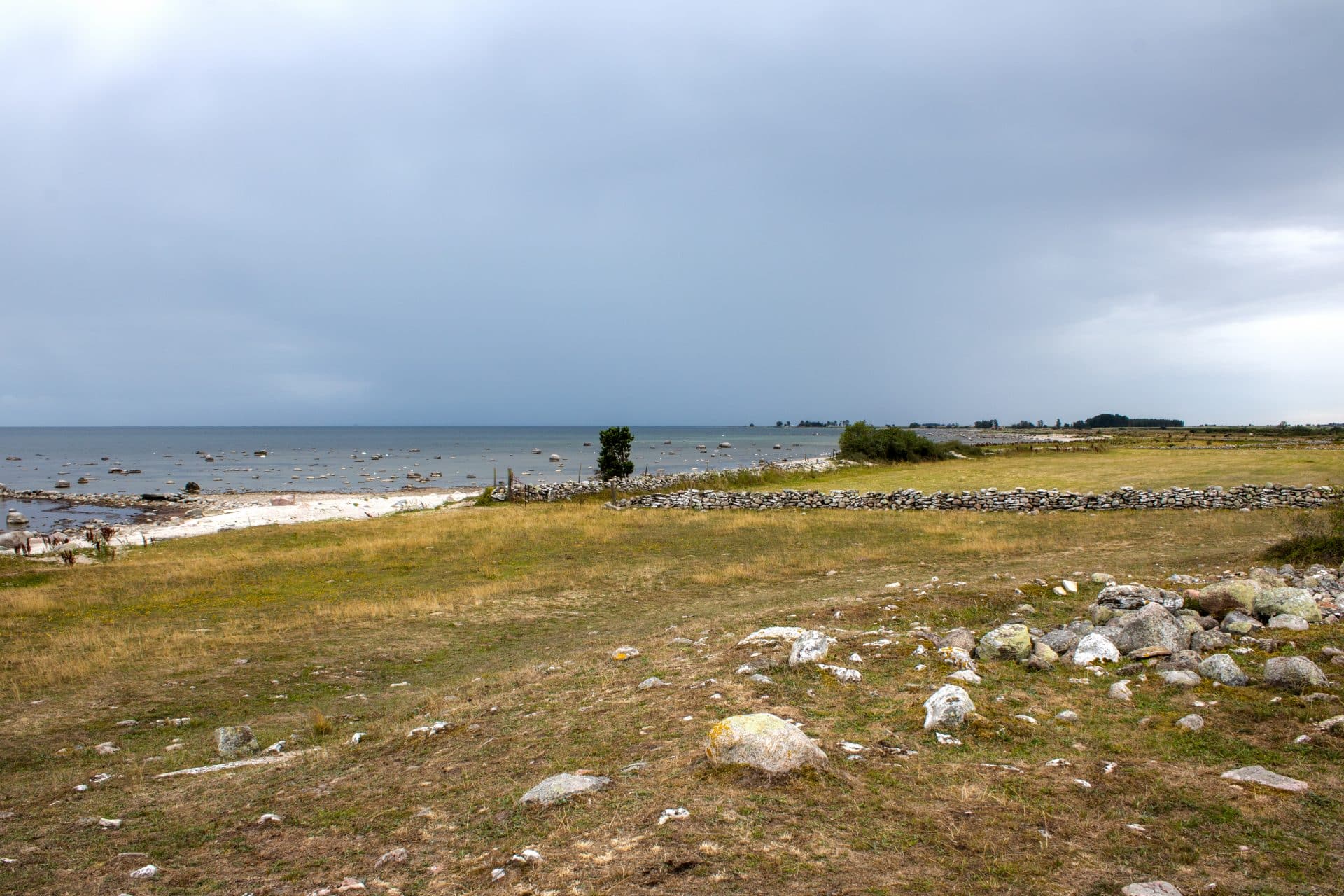A new study analysing the genomic data of 16,638 present day Scandinavians with 297 ancient Scandinavian genomes has resolved the complex relations between geography, ancestry, and gene flow in Scandinavia – encompassing the Roman Age, the Viking Age, and later periods.
The study relied on historic and prehistoric genomes from sites such as the 17th century warship Kronan, from the Viking and Vendel period boat burials in the lake Mälaren Valley, and from the migration period ring fortress Sandby borg on Öland.
These ancient genomes were compared with genomic data from 16,638 contemporary Scandinavians to resolve the development of the gene pool to a level never realised previously.
The results confirm the Viking Age migration, but also traces it to the east Baltic region, the British-Irish Isles and southern Europe. But not all parts of Scandinavia received the same amounts of gene flow from these areas. For example, while British-Irish ancestry became widespread in Scandinavia, the eastern-Baltic ancestry mainly reached Gotland and central Sweden.
Professor Anders Götherström at the Centre for Palaeogenetics said: “Interestingly, the non-local ancestry peaks during the Viking period while being lower before and after. The drop in current levels of external ancestry suggests that the Viking-period migrants got less children, or somehow contributed proportionally less to the gene pool than the people who were already in Scandinavia.”
Yet, a new discovery was the history of the northern Scandinavian gene pool. There is a genetic component in northern Scandinavia that is rare in central and western Europe, and the scientists were able to track this component in northern Scandinavia through the latest 1000 years.
Dr Ricardo Rodríguez Varela comments, “We suspected that there was a chronology to the northern Scandinavian gene pool, and it did indeed prove that a more recent influx of Uralic ancestry into Scandinavia define much of the northern gene pool. But if it is recent, it is comparatively so. For example, we know that this Uralic ancestry was present in northern Scandinavia as early as during the late Viking period”.
Header Image – Sandby borg on Öland – Image Credit : Shutterstock





